Welcoming a toddler into your home is an exciting and challenging time. When they start to look around, the place where they live must be safe, cozy, and suitable for growth.
Learning how to create a toddler-friendly home is essential in giving them holistic development opportunities.
In this article, we will give you some useful tips on how to turn your living space into a real paradise for toddlers.
Our manual will cover all the necessary aspects of creating a child-friendly home with practical examples and suggestions that can help ensure safety while improving their day-to-day life.
How To Create A Toddler-Friendly Home: 10 Helpful Tips!
Here are ten helpful tips for how to create a toddler-friendly home that will make life easier for both you and your child.
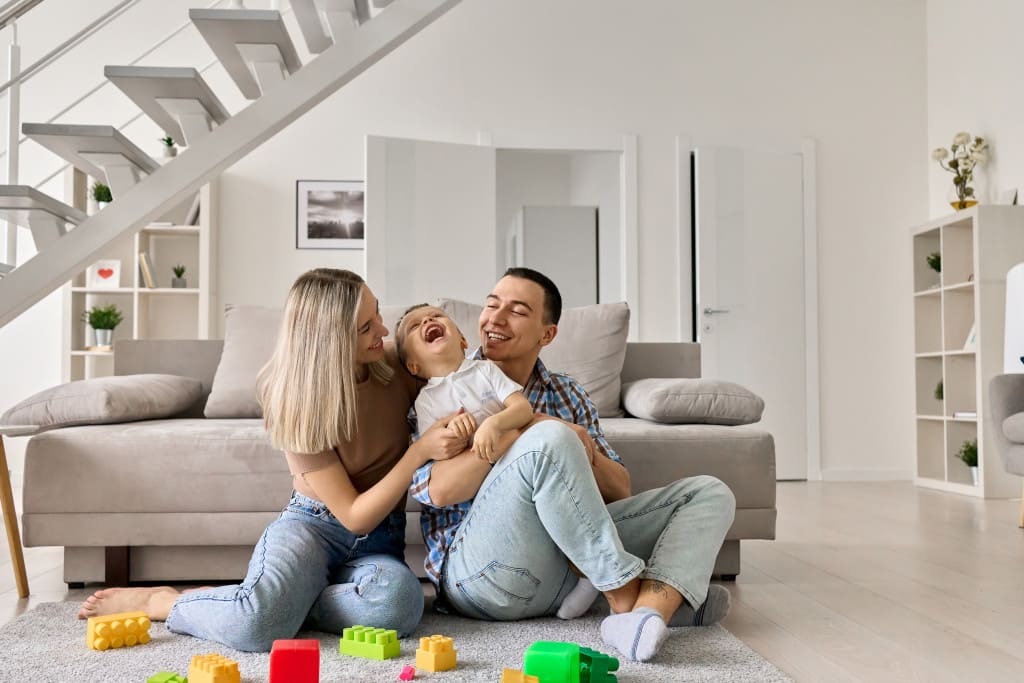
1. Protect It From The Child
We know as parents that toddlers are naturally inquisitive and will go through every single inch of the house. They learn by touching, tasting, and feeling at this age so it is important to childproof your home thoroughly.
One of the important tips for how to create a toddler-friendly home is to begin by anchoring heavy furniture such as bookshelves, dressers, and TVs to the wall so they won’t tip over if your little one tries climbing them. Use baby-proof locks on cupboards and drawers with dangerous items like cleaning agents, medicines, or sharp objects.
Also, remember to put plastic covers over electrical outlets so that they cannot be poked into by curious fingers.
2. Make A Safe Play Area
One of the most important tips for how to create a toddler-friendly home is to create a safe play area for your toddler is one of the best ways to make sure they have somewhere secure where they can explore freely.
This space should not contain any heavy or unstable furniture that could fall on top of them or small objects that might pose choking hazards either. Soft mats or carpets should be used to cushion falls but also provide a comfortable surface for playing on.
Toys within this area should always be age appropriate i.e., large enough not to be swallowed whole but also sturdy enough to withstand rough handling.
Read More: 10 Key Benefits of Play in Early Childhood Development
3. Creating a Child-Friendly Home With Non-Toxic Materials
Everything in your home must be safe for a toddler’s contact with it; even paint on walls or cleaning products used daily are likewise included here. Conventional paints plus cleaning agents usually comprise hazardous substances that may affect the health of children adversely.
When creating a child-friendly home you need to choose paints that are low in volatile organic compounds (VOCs) since these do not release harmful gases into the air easily when dry. Eco-friendly non-toxic options should be preferred when purchasing cleaning supplies as well
4. Establish a Child-Friendly Restroom
Children are at risk in restrooms, due to water, slippery surfaces, and other potential dangers. Start by installing a latch on the commode tank to prevent your child from playing in it or around it.
Use bathroom mats that don’t slip to make sure no one will trip inside the tub and then put them on the floor of your bathroom for extra safety purposes. It is also advisable to keep your bathroom door shut or install a baby gate across the threshold whenever you’re not present.
Turn down the temperature on your water heater so that it does not exceed 120 degrees Fahrenheit.
5. Organize and Declutter
When you have kids, staying organized is very important. This creates a safer living environment for both you and your toddler. Put toys, books, and other things into bins or shelves that can be reached by your son or daughter.
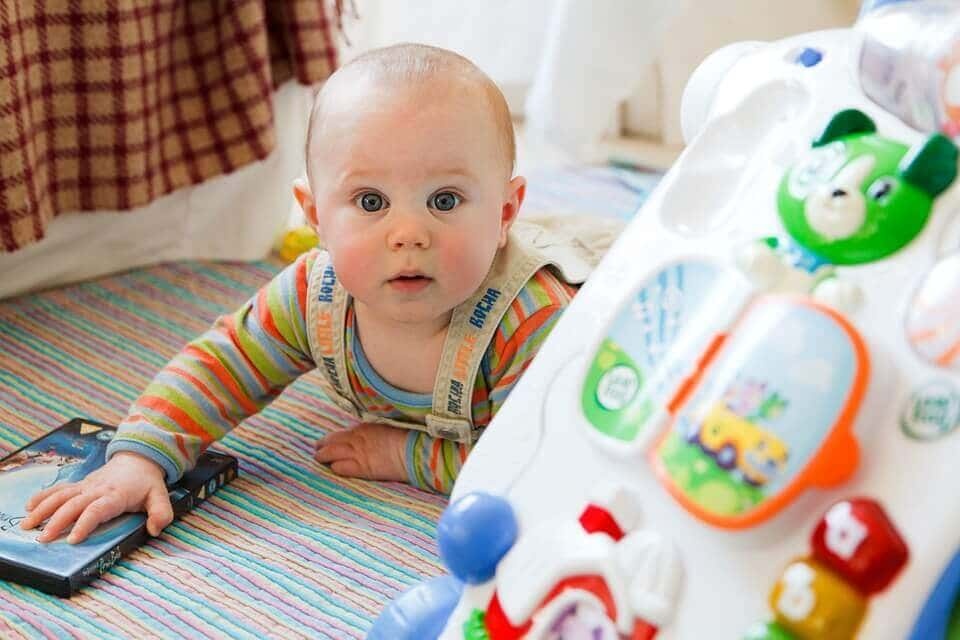
Apart from making it easier for a young kid to locate their stuff whenever required as well as tidying up; this makes children feel they are capable of being independent as well as responsible.
Use see-through or marked containers that can enable children to find where items belong thereby aiding them learn about organizational skills. Label storage bins with pictures and words so that toddlers may learn how to recognize and arrange their stuff.
Children will find this visual system interesting because they will learn more about different things while organizing them into categories, which promotes cognitive development and orderliness.
6. Use lamps in the children’s room
Keeping your home well-lit is important in preventing falls, especially for babies who are still learning how to crawl. When creating a child-friendly home you can use nightlights in the corridors and bedrooms of your youngster to allow him to walk safely without fear, worry, or stumbling.
However, It would therefore be nice if a comforting environment is set up by providing adequate but not hurting illumination for your child’s tender eyes to give relaxation as well as sleep.
Consequently, maximize daylight effect on baby’s visual development while improving mood and concentration using bright natural lighting where he plays at home. Ultimately this creates a calming bedtime routine that reduces overstimulation from high-intensity light sources.
Read More: 10 Power-Packed Parental Tips for Preschoolers: Ignite Your Child’s Growth
7. Creating a comfortable sleeping place
Children need cozy and secure sleeping places so that they can be comfortable and safe as they rest. Ensuring a comfortable sleeping environment is one of the most crucial tips for how to create a toddler-friendly home.
Also, ensure you have a firm crib or bed that meets the current safety standards and fits tightly with no space left between the mattress side and the frame where an infant may trap his/her head resulting in suffocation death.
Therefore, when creating a child-friendly home select breathable soft bedding materials because they help regulate temperature rather than getting heavy blankets or pillows on cribs which will cause overheating and thus unsafe conditions of sleeping for infants since such items could smother them while asleep.
Furthermore, blackout curtains could also create total darkness ideal for sleepiness purposes during daytime naps apart from making the room dark when it is time to go to bed at night.
White noise machines as well as lullaby music could also be used by parents who want their kids to fall asleep faster while blocking out any other sounds coming from other parts of the house
8. Bring Educational Aspects On Board
The integration of educational toys and books in your home is a fantastic way to stimulate the cognitive and physical development of your toddler. Arrange a small bookshelf where they can reach for age-appropriate books that develop their interest in reading and learning.
You can also have regular reading sessions which help them in developing their speech, enlarging their vocabulary, and being interested in book life for the rest of their lives.
Choose toys that encourage problem solving such as puzzles and building blocks, which improve analytic thinking and fine motor skills.
9. Get Ready For The Kids In The Kitchen
Your kitchen is one of those places where kids might be interested in what’s going on around them since kitchens are often considered the heart of many homes. Creating a child-friendly home means making it safe and accessible to your young one.
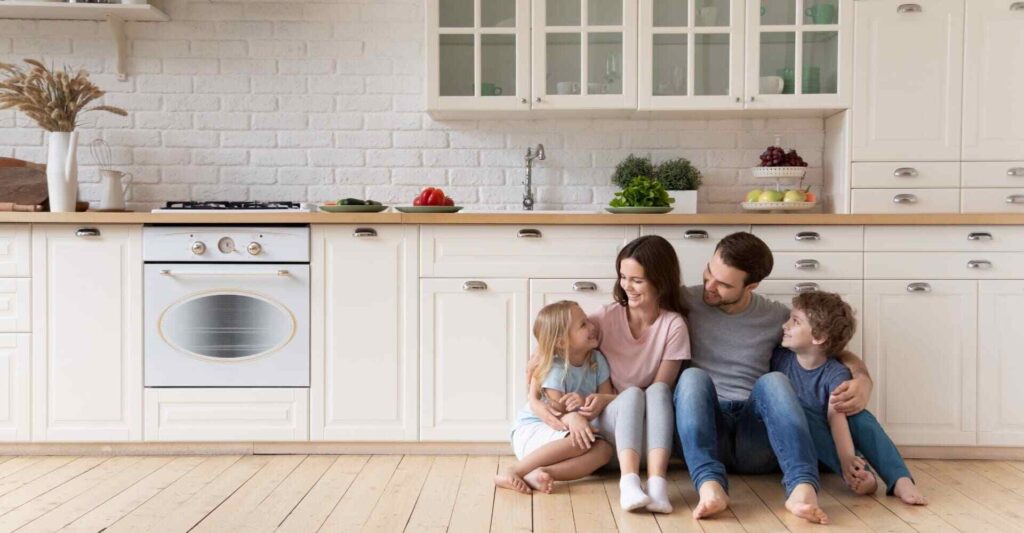
Begin by putting away cleaning supplies, sharp utensils and other hazardous items into locked cabinets or out-of-reach areas. Use stove knob covers as well as keep appliance cords short or out of reach to avoid accidental burns or electrocution.
One of our expert tips for how to create a toddler-friendly home is to designate a lower cabinet or drawer for safe non-breakable objects such as plastic containers, wooden spoons, and pots allowing them to explore safely while you cook.
10. Stick To A Schedule
For toddlers, it is very important to establish an everyday routine so that they feel secure with themselves and know what to expect each day.
This can greatly reduce stress and tantrums for both you and your child. A daily routine should include fixed times for eating, playing, and sleeping so that the toddler will always know what comes next.
Consequently, this consistency serves as a stabilizer for developing good habits like regular sleep patterns or feeding times. Finally, this predictable schedule makes it easier to transition between activities, especially during nap or bedtime periods among other times.
Even though it takes some planning and work, creating a home that is safe for young children is one of the most important investments you can make in their development and well-being.
It’s important to remember that what we want when we are learning how to create a toddler-friendly home – so while doing this try not to forget about ourselves or other family members who will be sharing these areas too!
Read More: How to Teach Your Child to Tell Time: A Step-by-Step Guide For Parents!
A Word From Mind Family
As we navigate the joys and challenges of parenting, it’s essential to remember that our homes serve as the primary backdrop for our children’s early experiences and development.
The tips we’ve shared on creating a child-friendly home are more than just practical advice; they are steps toward building a nurturing space where your child can explore the world around them with confidence and curiosity.
At Mind Family, we believe that the home is the heart of family life and plays a crucial role in shaping a child’s early experiences. By taking the time to create a toddler-friendly home, you’re not only ensuring your child’s safety but also fostering an environment that supports their holistic growth.
Thank you for trusting Mind Family to guide you through creating a nurturing home for your little one. Here’s to many happy, safe, and joyful moments in your toddler-friendly home!
Frequently Asked Questions (FAQs)
1. Why is childproofing essential for a toddler-friendly home?
Childproofing prevents accidents and injuries by securing furniture, covering outlets, and locking hazardous items, ensuring a safe environment for your curious toddler.
2. How can I create a safe play area for my toddler?
Designate a space free of hazards, with soft mats and age-appropriate toys, providing a secure area for your toddler to explore and play safely.
3. What are some non-toxic materials to use in a toddler-friendly home?
Use low-VOC paints and eco-friendly cleaning products to reduce exposure to harmful chemicals, creating a healthier environment for your child.
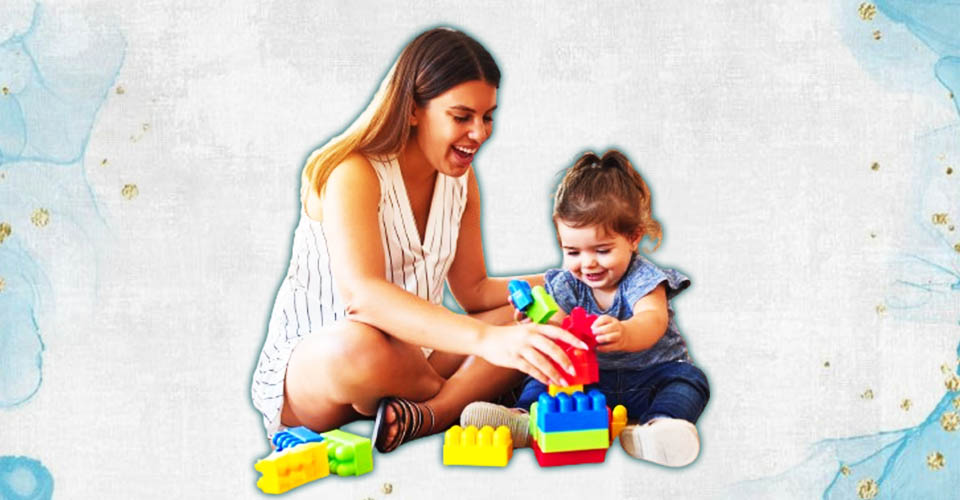

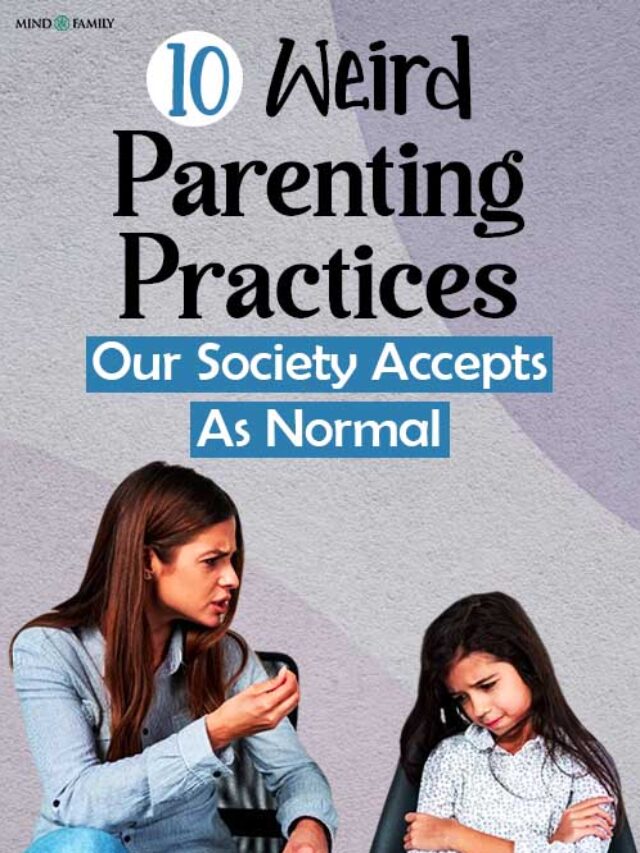


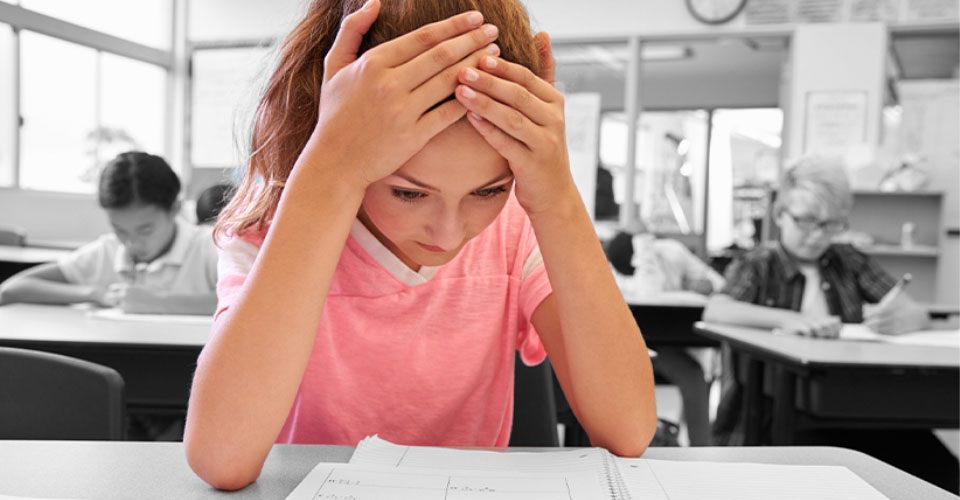






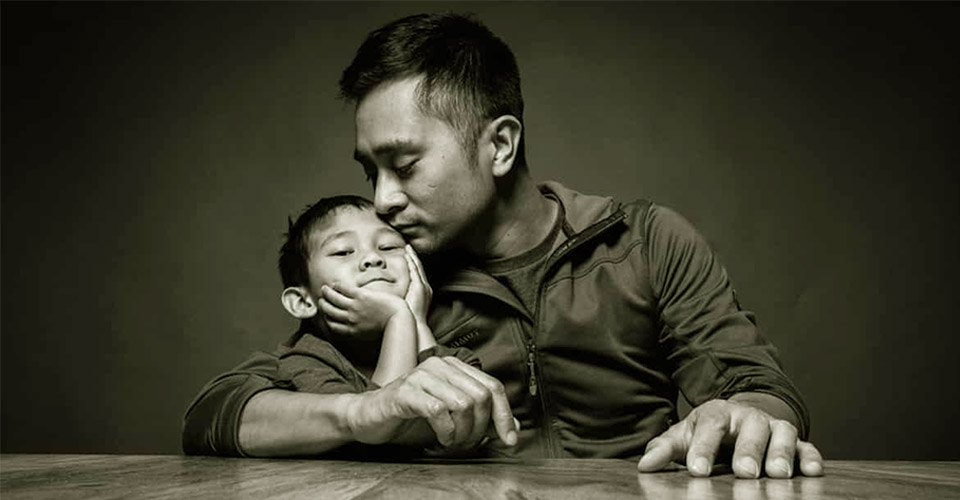
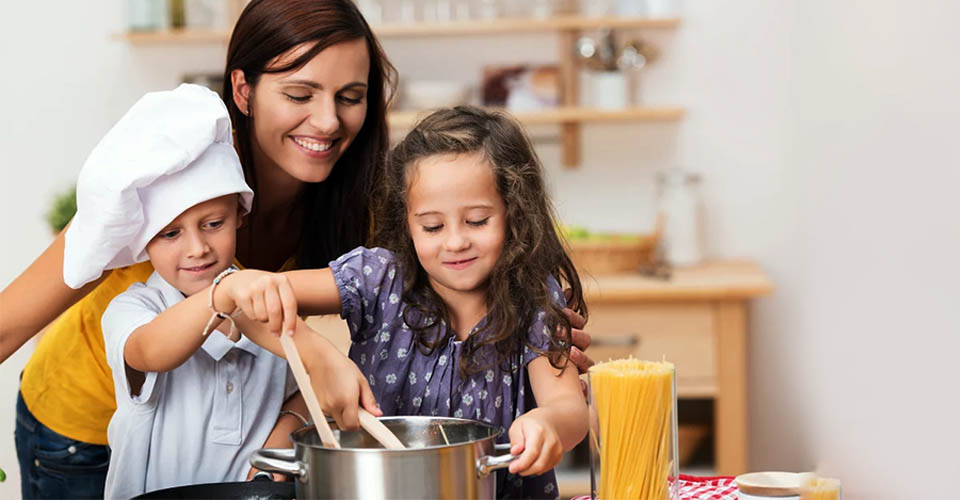

Leave a Reply